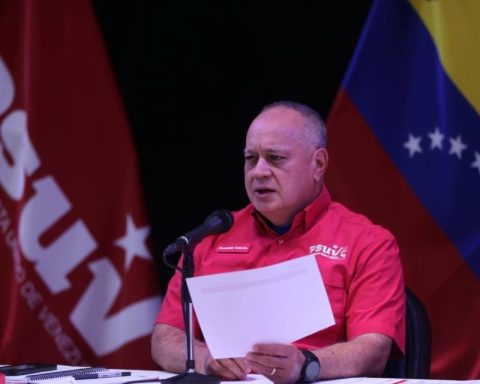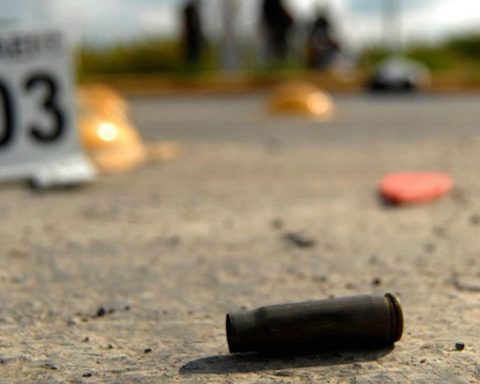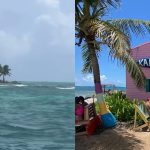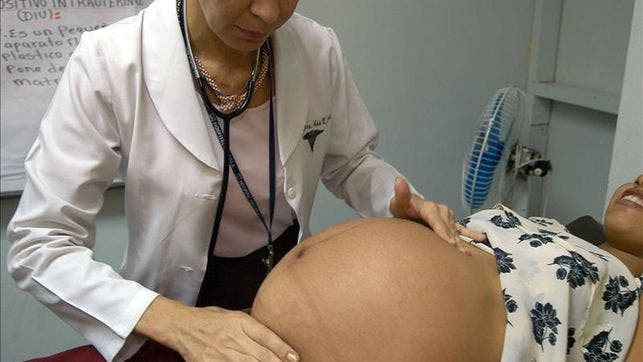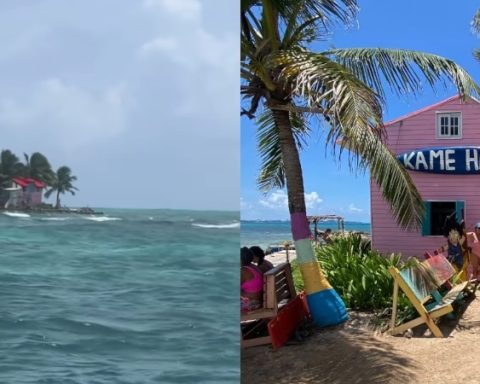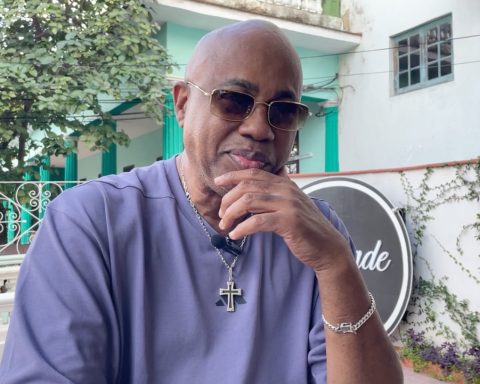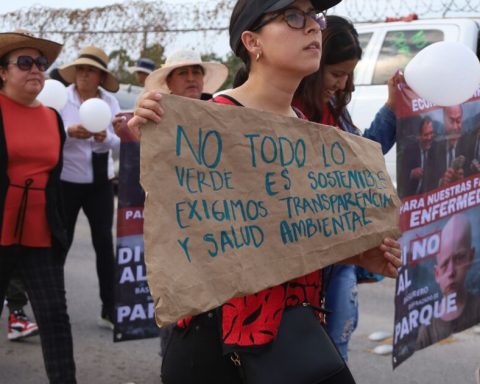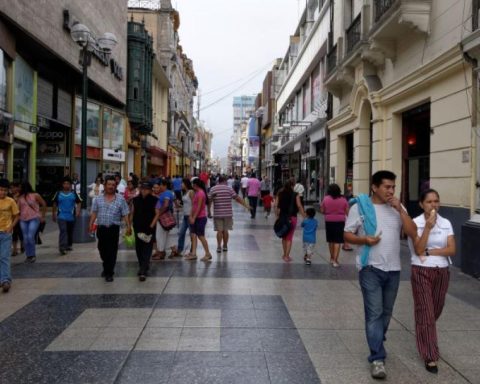An investigation by the Andean Amazon Monitoring Project (MAAP) recorded a new deforestation of more than 750 hectares within the Yapacana National Park between 2021 and 2022, of which 17 are on the top of the tepuy
Around 3,800 pieces of machinery in the Cerro Yapacana National Park and 86 specifically on the top of the tepuy were identified through high-resolution satellite images analyzed by the Andean Amazon Monitoring Project (MAAP, for its acronym in English).
The MAAP analysis came days after the Venezuelan government ordered a military operation against illegal mining in December 2022in order to confirm whether the dismantling of the equipment was taking place, but the images allowed us to confirm that the machinery was still located in the same positions.
“We obtained and analyzed very high-resolution images taken just before (December 10) and after (December 22) the operation. We did not find any sign that the machinery was being dismantled at the top of the tepuy,” highlights one MAAP publication.
According to a report from The countrythis national park has attracted between 15,000 and 20,000 miners who are dedicated to this activity, counting native populations of the area, members of the indigenous community and members of foreign guerrilla groups such as the National Liberation Army (ELN) or the dissidents of the Revolutionary Armed Forces of Colombia (FARC).
“There are no similar cases in other Amazon countries in which the top of a tepui is being exploited. It is very unique and serious, especially considering that it is inside a national park,” he warned The country researcher Matt Finer, director of MAAP.
Finer’s research found a new deforestation of more than 750 hectares within the Yapacana National Park between 2021 and 2022. 17 of those razed hectares are on top of the tepuy.
Added to this element is the increase in violence due to domination of this territory, since the Venezuelan Violence Observatory indicates that Amazonas has the highest homicide rate in the entire country, with 18 murders per 100,000 inhabitants.
There are already more than 3,227 hectares affected by mining in Yapacana, according to a calculation made by the environmental organization SOS Orinoco. In this park a more concentrated activity is detected than in other mining areas, despite the fact that the prohibition against mining activity in Amazonas has been prohibited for some 30 years since there is a constant military presence in the area.
*Read also: The FAN reports on a “reforestation campaign” in Canaima to combat illegal mining
In fact, parallel to the denunciation of the report by The countrythe operational strategic commander of the National Armed Forces (FAN), Domingo Hernández Lara, published images on his Twitter account showing how the military sows plants to “protect nature.”
«In the Yapacana National Park of Amazonas, the FAN, together with the Ministry for Ecosocialism and the Ministry of Water Attention, planted 400 plants (200 rubber and 200 cashew) and made 1,000 supplies. The protection of nature is a duty to have a homeland, “the tweet indicates.
In Amazonas, Yapacana National Park #FANB next to @MinecOficial and @minaguasoficial sowed 400 plants (200 rubber and 200 cashews), 1,000 avíos (airdrop of fertilized seeds from Ceje and Manaca). The protection of nature is a duty to have Homeland! pic.twitter.com/x7Zqkvu0ES
—G.J. Domingo Hernandez Larez (@dhernandezlarez) February 4, 2023
And it is not only Yapacana, mining has also reached the Canaima National Park, declared a World Heritage Site by Unesco, where 62 mining sectors have been identified, even a short distance from the Auyán-tepuy and its Santo Angel, the waterfall highest in the world.
Also mining in the Caura, in the Alto Orinoco Biosphere Reserve, in Imataca. Illegal mines in Venezuela rank second —more than 900 mining sites— among Amazonian countries in terms of number and area they occupy, according to SOS Orinoco.
*To read the full report on The countrymake click here.
Post Views: 426

